bigtwinky
No longer a newbie, moving up!
- Joined
- Oct 6, 2008
- Messages
- 4,821
- Reaction score
- 286
- Location
- Montreal
- Website
- www.pierrebphoto.com
- Can others edit my Photos
- Photos NOT OK to edit
I routinely maintain a blog with tips, shows, and so on. One of the questions I get the most are what settings I use.
There is no "one size fits all" for settings, but here is what I found works!
Hopefully it helps some of you de-mystify concert photography
If you have questions or what not, let me know!
There is no "one size fits all" for settings, but here is what I found works!
Hopefully it helps some of you de-mystify concert photography
If you have questions or what not, let me know!
Last edited by a moderator:


![[No title]](/data/xfmg/thumbnail/42/42060-f597479f8fd78d4bb4d17e7686fb0812.jpg?1619739996)

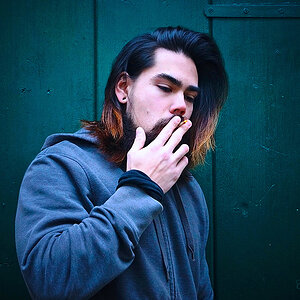
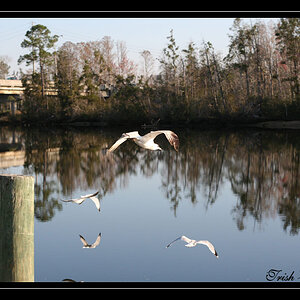
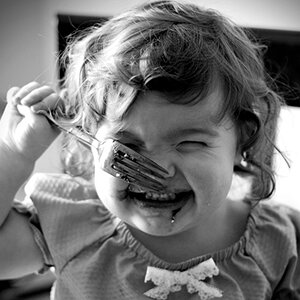
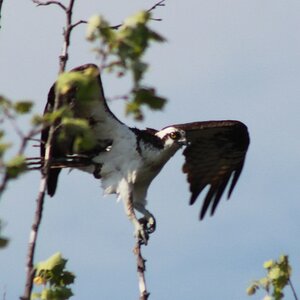
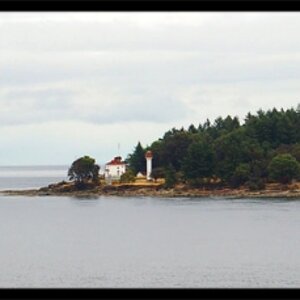
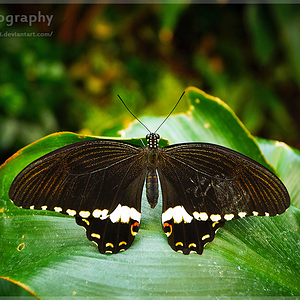
![[No title]](/data/xfmg/thumbnail/41/41906-b9041eb5a3fa48eb5d5084ac2198a75c.jpg?1619739940)
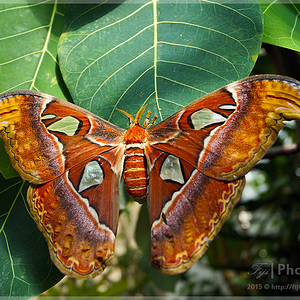
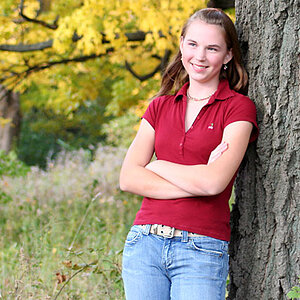
![[No title]](/data/xfmg/thumbnail/31/31094-f975d7e61424996edc28cec3b9dd70a8.jpg?1619734611)